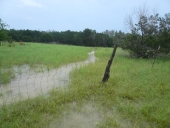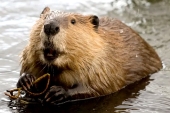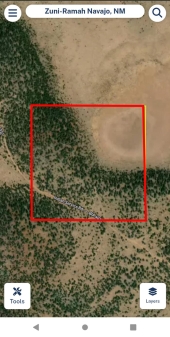
 8
8




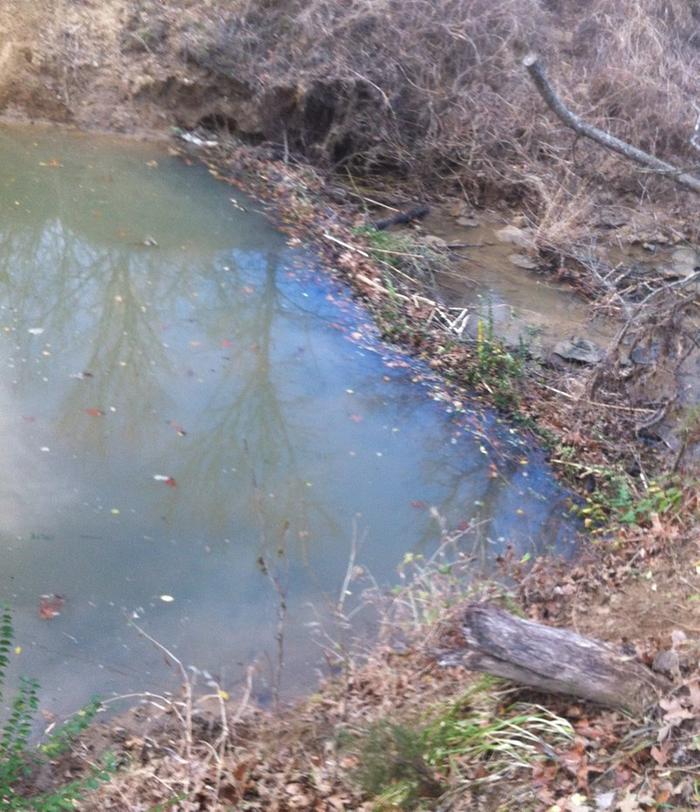
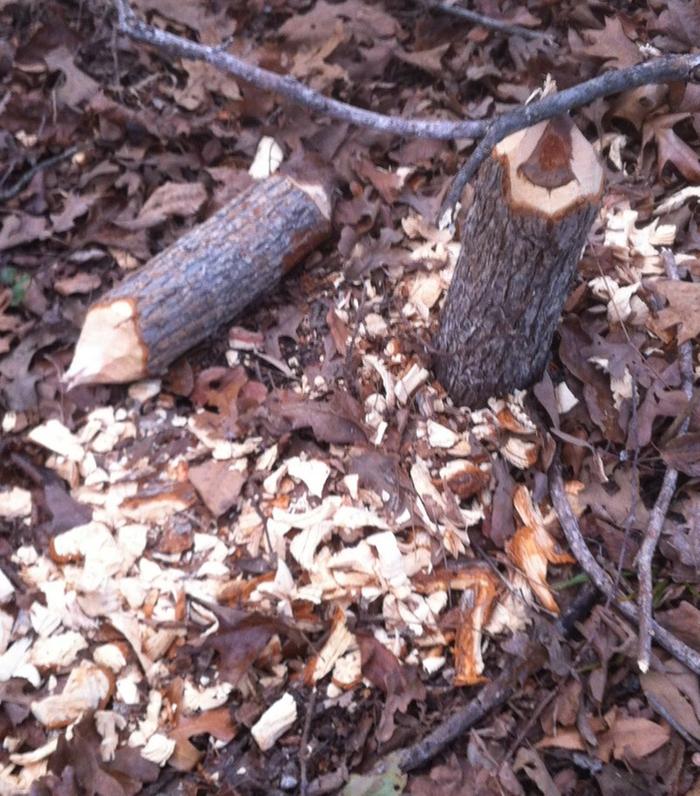
Dan Boone wrote:A year ago I wrote in this thread:
I live in central Oklahoma on 40 acres of land that belongs to my inlaws. Nobody has loved this land since before World War II, although there's been constant activity in the form of a grazing lease and a couple of ancient but still producing oil wells.
...
I've also slowly come to realize just how much of the poor condition of this land can be attributed to half a century of cattle grazing by a lessee with no interest at all in soil conservation. The land is crisscrossed by deep notched ravines with bottoms scoured clean, all of which are fed by an endless series of erosion channels leading down from the former pasture. These ravines have isolated pools of water in them year round, but are flowing streams only seasonally (and not at all in at least one drought year since I've been here.) The sad thing is, I'm told they were all year-round creeks as recently as the 1970s, in shallow beds that were closer to four feet deep than the current 20+ feet.
...
There's only one willow tree on the whole property, which I now plan to make the ancestor of an entire battalion of willows in the service of bank stabilization and erosion control. (My fantasy is that if I plant enough willows from cuttings, maybe some day the beaver will come back, build dams, and turn my dead ravines into beautiful pools. There's beaver sign on this land -- cut stumps -- but none of it's newer than ten years old.)
Since I wrote that I haven't made any progress propagating willows, but I have explored the difficult-to-access ravine areas more thoroughly. A lot of the forest near the ravine is mature, but there are more areas than I realized with plenty of smaller trees and saplings.
Late last summer I came upon one beaver stump near the property that was fresh enough that the chips were still visible by in on the ground. But the chips and the cut were weathered and grey, several months old at least.
This spring we've had a lot of rain and the ravines have been in flood several times. When the water was high I observed what looked from a distance like a freshly-cut Osage Orange sapling on the far bank, chewed down, cut up, and bark-stripped in classic beaver fashion. But I was on the wrong side of the water to get a close look, and it would have been a long wet hike to confirm, so I didn't.
Then today I was on county road that crosses the stream that's in our ravine. The place where the road crosses is about 50 feet upstream from our property boundary, and it's a culverted ford where the road surface serves as a shallow spillway when the water level is up, as it has been lately. Right in the middle of the road, left by the steam water, I found this fresh-cut beaver food stick:
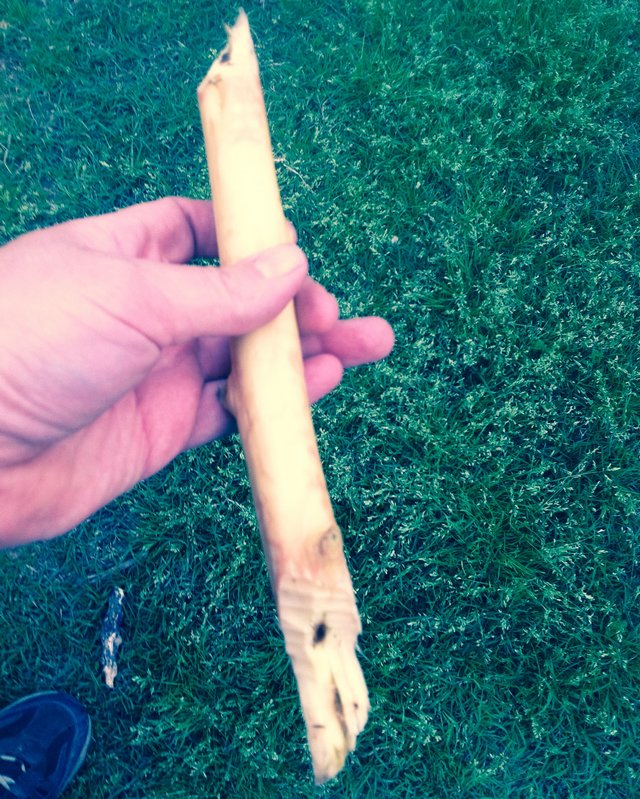
You have no idea how happy this makes me! Confirmed beaver in our stream, right now this week. I don't know what a happy-beaver dance would look like (perhaps some sort of manic jig?) but if I knew, I would have been dancing right there in the road.
Pecan Media: food forestry and forest garden ebooks
Now available: The Native Persimmon (centennial edition)
 2
2




'Theoretically this level of creeping Orwellian dynamics should ramp up our awareness, but what happens instead is that each alert becomes less and less effective because we're incredibly stupid.' - Jerry Holkins
 1
1





 1
1




Idle dreamer
 3
3




Dillon Nichols wrote:
I don't suppose there are any practical measures you could take to assist establishment that wouldn't be disruptive? Nothing comes to mind, but I'm not familiar with your area, or coyotes, or beavers...
Pecan Media: food forestry and forest garden ebooks
Now available: The Native Persimmon (centennial edition)

 2
2




resources on active/supportive management of young beaver colonies in the process of establishment
The question that interests me is whether beaver will use (for food or construction) sticks they don't cut themselves.

Probably the most useful thing I can do to protect this colony is to get out there and put up some better signage of the "posted: no trespassing" "no hunting" "keep out" "smile: you are on camera" varieties.
the resulting pond will not threaten much in the way of human-used areas where the flooding would be noticed
We do have a lot of coyotes, but I'm not going to war with them

It's not something I'm gonna just do -- there has to be research on this. Which trees to cut, how long to cut the sticks, how many to cut at once to minimize waste, how likely this activity is to cause the beaver to abandon the site, a dozen factors I haven't even thought of yet -- the knowledge is out there, I just have to find it.
I'm also toying with the idea of setting up a GoFundMe to buy some game cameras. I'll bet people would enjoy watching this beaver colony get going!
"Never doubt that a small group of thoughtful, committed citizens can change the world; indeed, it's the only thing that ever has."-Margaret Mead "The only thing worse than being blind, is having sight but no vision."-Helen Keller
 1
1




Roberto pokachinni wrote:
Maybe another sign near the dam and subsequent future dams is "Experimental Beaver Habitat Restoration in Progress: Do Not Disturb"
Roberto pokachinni wrote:
Just do it. The beavers wont abandon it; they are as tenacious as rats. If you work during the day, you especially wont bug them, since they like to work at night. In my experience of hanging out in beaver habitat (which is most of my childhood!) most beaver dams are built with branches and trees and sticks 6 to 20 feet long.
Pecan Media: food forestry and forest garden ebooks
Now available: The Native Persimmon (centennial edition)










 1
1





"Never doubt that a small group of thoughtful, committed citizens can change the world; indeed, it's the only thing that ever has."-Margaret Mead "The only thing worse than being blind, is having sight but no vision."-Helen Keller










 1
1




possibly not, but it's a wise starting point to get some facts in your head first!The whole "I need to science the shit out of this" is an intellectual reflex of mine that doesn't tend to work very well
"Never doubt that a small group of thoughtful, committed citizens can change the world; indeed, it's the only thing that ever has."-Margaret Mead "The only thing worse than being blind, is having sight but no vision."-Helen Keller
 2
2




Roberto pokachinni wrote:I personally do not want the beavers to come to my place, because not only do they take down way more trees then they need, but my whole field and house site is potential flood zone/creek zone. As much as I would love to have them around... I would have to get rid of them if they started damming on my land.
Pecan Media: food forestry and forest garden ebooks
Now available: The Native Persimmon (centennial edition)










 1
1




I think this must be intensely connected to how much land a person has, and what the land uses are.
the resulting aquatic ecosystem will offer a lot more of the ecosystem values that we want and need.
"Never doubt that a small group of thoughtful, committed citizens can change the world; indeed, it's the only thing that ever has."-Margaret Mead "The only thing worse than being blind, is having sight but no vision."-Helen Keller
 2
2




Pecan Media: food forestry and forest garden ebooks
Now available: The Native Persimmon (centennial edition)










 1
1




 Awesome that the pond and dam are firmly on your property.
Awesome that the pond and dam are firmly on your property.
"Never doubt that a small group of thoughtful, committed citizens can change the world; indeed, it's the only thing that ever has."-Margaret Mead "The only thing worse than being blind, is having sight but no vision."-Helen Keller
 2
2




 1
1




Pecan Media: food forestry and forest garden ebooks
Now available: The Native Persimmon (centennial edition)
 1
1




Pecan Media: food forestry and forest garden ebooks
Now available: The Native Persimmon (centennial edition)
 1
1




Pecan Media: food forestry and forest garden ebooks
Now available: The Native Persimmon (centennial edition)
 1
1




Pecan Media: food forestry and forest garden ebooks
Now available: The Native Persimmon (centennial edition)
 1
1




 1
1




Pecan Media: food forestry and forest garden ebooks
Now available: The Native Persimmon (centennial edition)
 6
6




![Filename: beaver-restoration.jpg
Description: [Thumbnail for beaver-restoration.jpg]](/t/52375/a/34758/beaver-restoration.jpg)
Pecan Media: food forestry and forest garden ebooks
Now available: The Native Persimmon (centennial edition)










 1
1




"Never doubt that a small group of thoughtful, committed citizens can change the world; indeed, it's the only thing that ever has."-Margaret Mead "The only thing worse than being blind, is having sight but no vision."-Helen Keller
 1
1




Idle dreamer










 1
1




It won't survive the first rain event, I don't think.

"Never doubt that a small group of thoughtful, committed citizens can change the world; indeed, it's the only thing that ever has."-Margaret Mead "The only thing worse than being blind, is having sight but no vision."-Helen Keller










 1
1




"Never doubt that a small group of thoughtful, committed citizens can change the world; indeed, it's the only thing that ever has."-Margaret Mead "The only thing worse than being blind, is having sight but no vision."-Helen Keller










 1
1




"Never doubt that a small group of thoughtful, committed citizens can change the world; indeed, it's the only thing that ever has."-Margaret Mead "The only thing worse than being blind, is having sight but no vision."-Helen Keller
 1
1














 1
1




Bill had some interesting pictures of helping build dams here...
"Never doubt that a small group of thoughtful, committed citizens can change the world; indeed, it's the only thing that ever has."-Margaret Mead "The only thing worse than being blind, is having sight but no vision."-Helen Keller
 2
2




Pecan Media: food forestry and forest garden ebooks
Now available: The Native Persimmon (centennial edition)
 1
1




Success has a Thousand Fathers , Failure is an Orphan
LOOK AT THE " SIMILAR THREADS " BELOW !
 1
1




allen lumley wrote:Dan : I think it will all come down to how much Beaver browse there is on your property, In addition to the damage to the dam there is the certain loss of a great deal of lost young green branches He/She had stuck into the bottom of the creak to be a larder that was available 24/7 without having to get out of the water and onto dry land !
allen lumley wrote:
If there is still enough browse there I think that your beaver will stay and re-build !
allen lumley wrote:
Perhaps you can find one or more local Arborist(s) who are cutting cotton wood. You want green branches and the Arborist wants to not have to chip them up
Pecan Media: food forestry and forest garden ebooks
Now available: The Native Persimmon (centennial edition)






 1
1




Success has a Thousand Fathers , Failure is an Orphan
LOOK AT THE " SIMILAR THREADS " BELOW !










 1
1




there's a new level sandy beach all down one side of the beaver pond.
"Never doubt that a small group of thoughtful, committed citizens can change the world; indeed, it's the only thing that ever has."-Margaret Mead "The only thing worse than being blind, is having sight but no vision."-Helen Keller
 1
1




 1
1




 1
1




Pecan Media: food forestry and forest garden ebooks
Now available: The Native Persimmon (centennial edition)




"The rule of no realm is mine. But all worthy things that are in peril as the world now stands, these are my care. And for my part, I shall not wholly fail in my task if anything that passes through this night can still grow fairer or bear fruit and flower again in days to come. For I too am a steward. Did you not know?" Gandolf














My Food Forest - Mile elevation. Zone 6a. Southern Idaho <--I moved in year two...unfinished...probably has cattle on it.










My Food Forest - Mile elevation. Zone 6a. Southern Idaho <--I moved in year two...unfinished...probably has cattle on it.

